Landfill Services
Developers & Councils – Planning For The Future
“How do you turn a ‘Rubbish Tip’ landfill into a beautiful parkland amenity – or bring a brownfield industrial site back as a buzzing retail development?
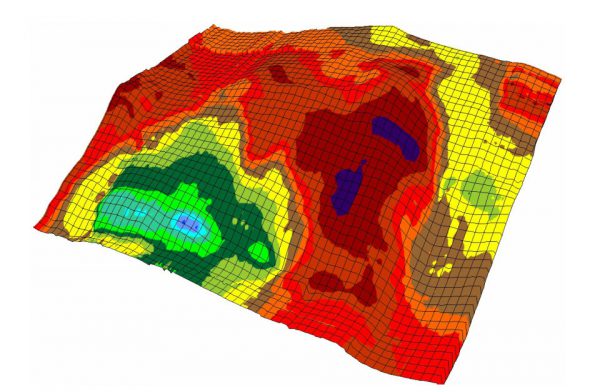
Landfill Surveying Results
Brownfield Regeneration & Landfill Transformation
As development has progressed in Ireland’s major population centres, project planners look more and more to recycle and repurpose previously used land.
This ‘brownfield’ redevelopment is actively encouraged by government and has a lot of potential to do good by cleaning up dilapidated and abandoned industrial and commercial developments, like:
- Former Factories
- Steelworks
- Processing Mills
- Landfill Sites
- Chemical Refineries
- Railway Yards
- Military Bases
- Commercial Estates
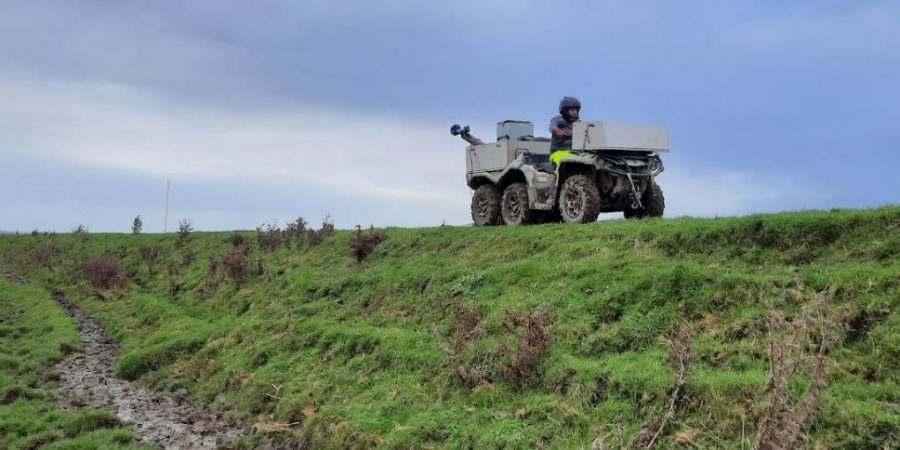
Seismics Sucveying
Disused factories and industrial parks are some of the most dismal aspects of the urban landscape, symbolising poverty and decline to economically deprived areas.
When private investment capital is put to repairing and rebuilding these areas, it can help to solve social, environmental and economic problems.
Before construction can start though, these types of sites often need work to clean up pollution by toxic substances:
- Heavy metals e.g. arsenics, cadmium and lead
- Oils and tars
- Chemical substances and preparations e.g. solvents
- Gases
- Asbestos
- Radioactive substances
The Triple-Bottom Line –
Economic, Social & Environmental Wins
When developers, local authorities and national agencies work together to regenerate brownfield sites, amazing transformations are possible – with positive knock-on effects to local residents, and the environment:
- Landowners and developers work with the EPA to clean up the contaminated lands before construction begins, improving the site for all local residents.
- Head contractors hire local subcontractors to carry out site works, and their on-site teams spend money at local shops and cafes daily for the duration of the project.
- The new developments attract established business owners to the area.
- Vibrant local economies attract new residents to the area, creating demand for further housing and amenities like schools and sports facilities.
- Taken together, all of this activity is creating new jobs, building businesses and making Ireland an ever-better place to live and do business.
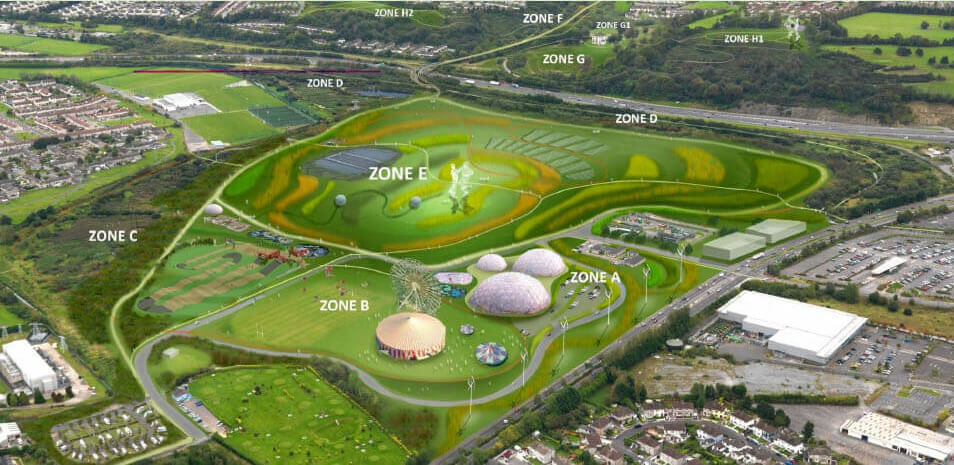
The Special Case Of Historic Landfills
Landfills are different from other types of contaminated sites. The polluting material was placed in the ground purposefully to dispose of human domestic waste, and it’s usually not practical or desirable to remove it.
So development plans for landfills are created around compaction and sealing of the waste material with high durability membranes, then capping over the sealed waste with soils and planting the site.
Provision is also made for the venting of methane and other gases which are produced by the waste materials sealed underground.
Former landfills are usually not suitable for built physical infrastructure because of land stability, but they are ideal for transformation into public parks. This has been done with great success around the world for over 100 years, and can be seen here in Ireland at the Waterford Nature Park – Kilbarry and the Tramore Valley Park in Cork
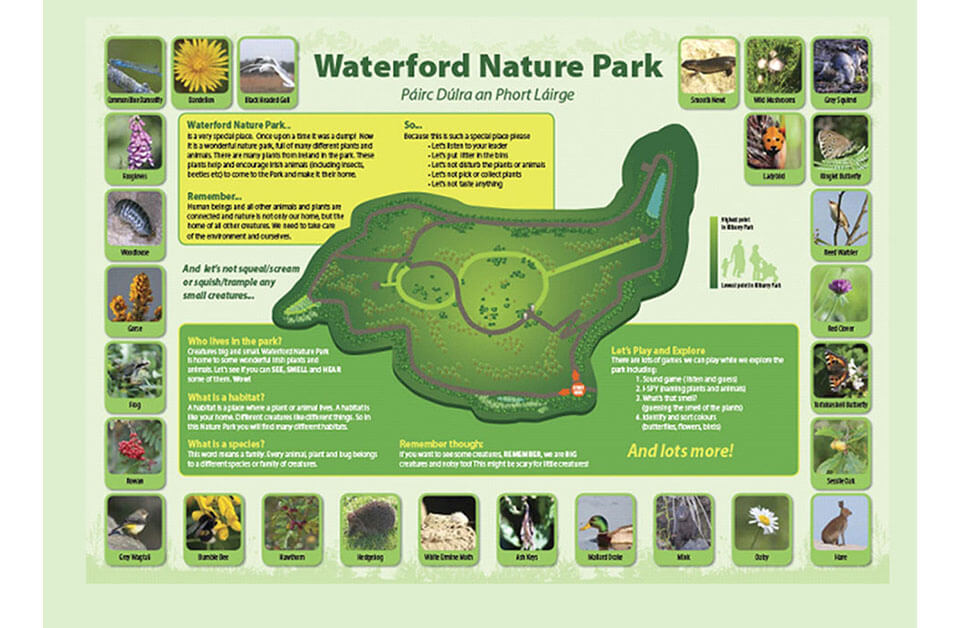
Compliance, Regulation & Risk Management
Government guidance recognises land contamination as a material planning consideration.
From a practical perspective – the preliminary groundworks phase of a new development is the most cost-effective time to deal with the problem of contamination.
And from the liability risk management approach, it’s the developer’s responsibility to ensure that the development is safe, suitable for its intended use, and compliant with both local and EU regulations.
The European Communities (Environmental Liability) Regulations 2008, came into force in Ireland on 1 April 2009 – www.epa.ie/enforcement/liab/.
These Regulations created a framework of environmental liability to prevent and remedy environmental damage.
Ireland’s Environmental Protection Agency – https://epa.ie – is the national goverment-appointed authority to implement these and other environmental laws and regulations.

Results of a Magnetic Survey
Redeveloping Brownfield Sites
In 2013, the EPA published a guide to the management of contaminated land, laying out a 3-stage process to redevelop brownfield sites as shown to the right.
Like all engineering processes, Stage 1 begins with investigating the situation and assessment of findings before a plan is drawn up.
That means exploring what’s on, in and under the soil, and mapping the site to identify risk areas, before samples are extracted and the digging works begin.
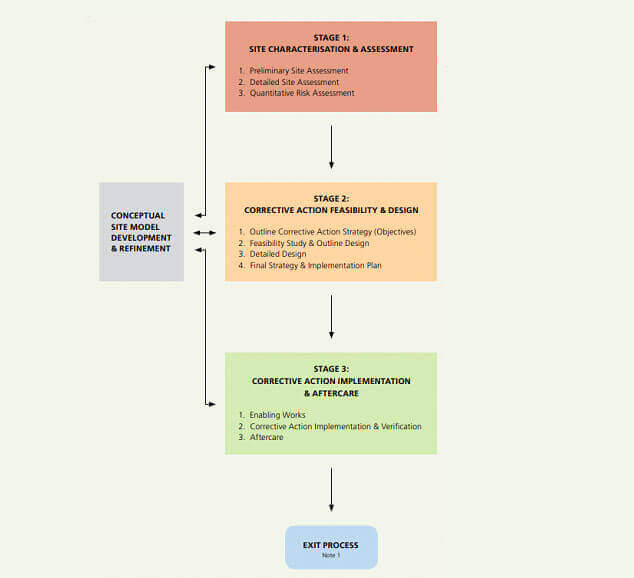
This is where Minerex Geophysics can help your project
Our geophysical instruments gather data that can be used by Civil Engineers & Environmental Consultants to:
Comply with EPA guidance by preparing technical reports,
Creating a plan of action to clean up the site from past contamination,
Make the site safe for all stakeholders of the new development and surrounding area.
Environmental protection and cleanup is an area of particular importance to us as people.
We believe in responsible development to correct past errors and build a cleaner future, that creates economic benefit and still protects the natural beauty and wealth of Ireland
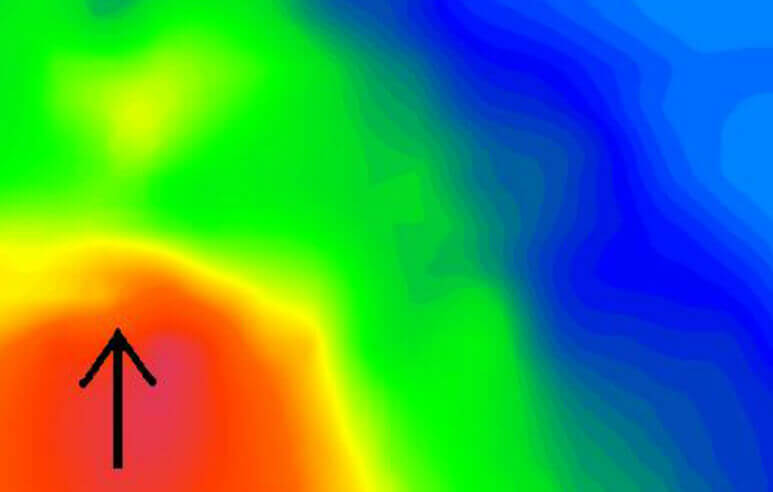
Landfill Contamination Plume
Could your site contain areas of buried metallic and non‑metallic waste?
Do you need to locate the extents of impacted soils across your site?
Whether you’re investigating development possibilities of a contaminated site, or you’ve discovered something mid-project that demands further inspection – we’re here to help.
